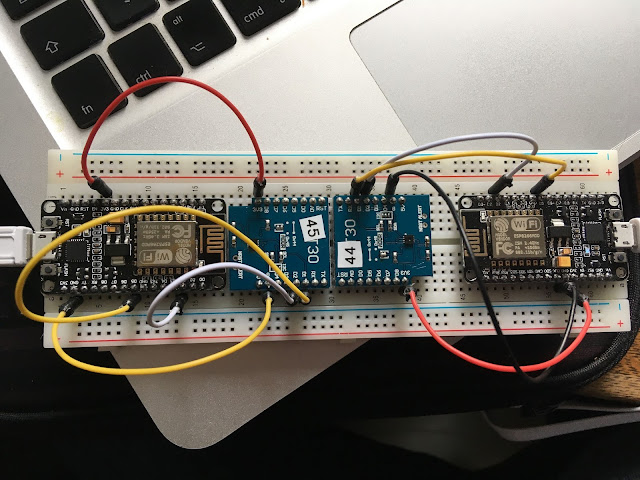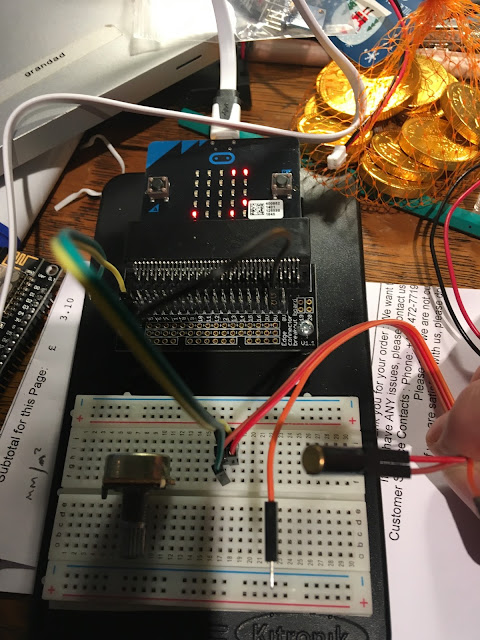More on multiple SHT30 sensors - going official!
My request to the Sonoff-Tasmota Github issue forum elicited a number of replies, most significantly from the main man, Theo Arends. In short, he's suggested that I submit a modified version, incorporating the latest SHTC3 sensor changes, that supports multiple sensors on the various addresses. I've done this, mentioned it on the forum and I'm now waiting to see what happens. Modelled on the DHT sensor code, it now Uses an array of struct SENSORINFO to hold individual sensor details On a Show request, loops, reading sensors in turn and loading the data into a new JSON object each time, rather than a sensor data array with Address also included Sensor names include the address value in hex, much like before It's much simpler code like this, and given the effort I'd already put in, didn't take long to knock out. Let's see what happens...


